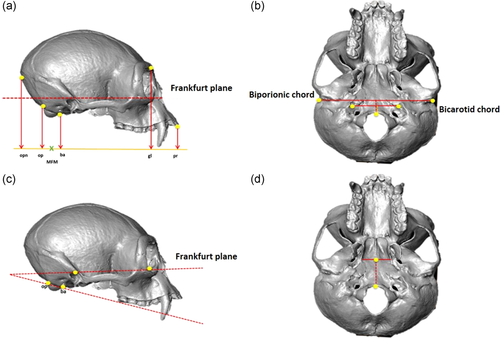Could Australopithecus have been the first hominin genus to migrate out of Africa? We haven't found them in Eurasia yet, but this specimen from Chad suggests that they were widespread far from the East African rift and South African caves. #hominin #paleoanthropology
Fossils of Australopithecus and Homo were all obligate bipeds, but their pelvic remains do exhibit some differences. Australopithecus sediba blurs the boundary. With its Homo-like pelvis, this species may be a closer human relative. #hominin #paleoanthropology
Uncovering more evidence that modern humans arose amid great genetic and morphological diversity in Africa, we look at fossils like the Eliye Springs skull with new eyes. Found in reworked deposits, the age of this ancient-looking skull is unknown. #hominin #paleoanthropology
More and more, we rely on molecular data from DNA and protein to understand ancient #hominin populations. Fahu Chen and coworkers identified Denisovan-like protein sequence in the dentin of this mandibular fragment from Xiahe, China. #paleoanthropology
Many of the most important fossils of human relatives are distorted or fragmented. TM 1517 is the holotype of Paranthropus robustus, found in 1938. Here I've done a reconstruction by mirror-imaging the parts that survived fossilization and erosion. #paleoanthropology #hominin
KNM-ER 1470 is one of the most iconic fossils in human origins. Found in 1972 it remains an outlier: brain size larger than other large-toothed hominins. Today scientists attribute it and a handful of other fossils to Homo rudolfensis. #hominin #paleoanthropology
The Amud 1 skull was one of the first that I chose when I started drawing fossils more than 25 years ago. Today this ancient individual is more scientifically interesting than ever, at an ancient epicenter of population mixture. #FossilFriday #hominin #paleoanthropology
Sometime between 370-150,000 years ago Neandertals got a Y chromosome from a more modern-like source population. This ultimately spread throughout all later Neandertal populations from which anyone has sampled DNA.
Maybe the biggest disjoint between textbook human evolution and real data concerns the connection between the base of the skull and bipedal locomotion. A new study in @AmJournalPrimat once again finds that foramen magnum position doesn't predict posture. https://t.co/Nc7WOzomLQ
The evolution of African and Eurasian Homo--whether H. erectus, H. antecessor, H. ergaster, or whatever species--came with foot anatomy and longer legs that set them apart from Australopithecus. We share this striding bipedalism today.











